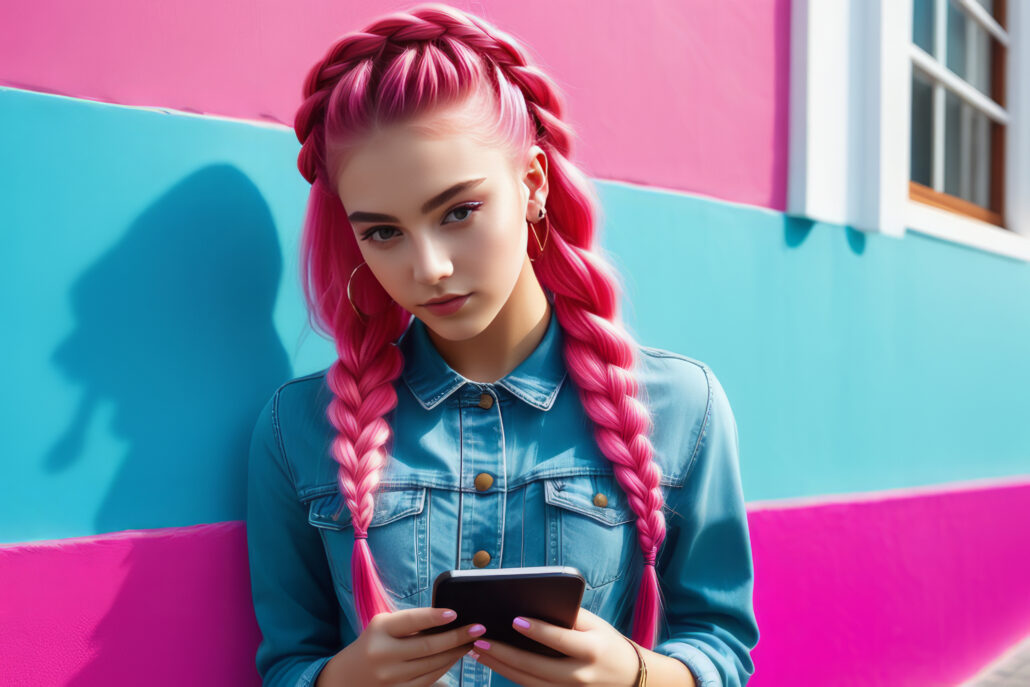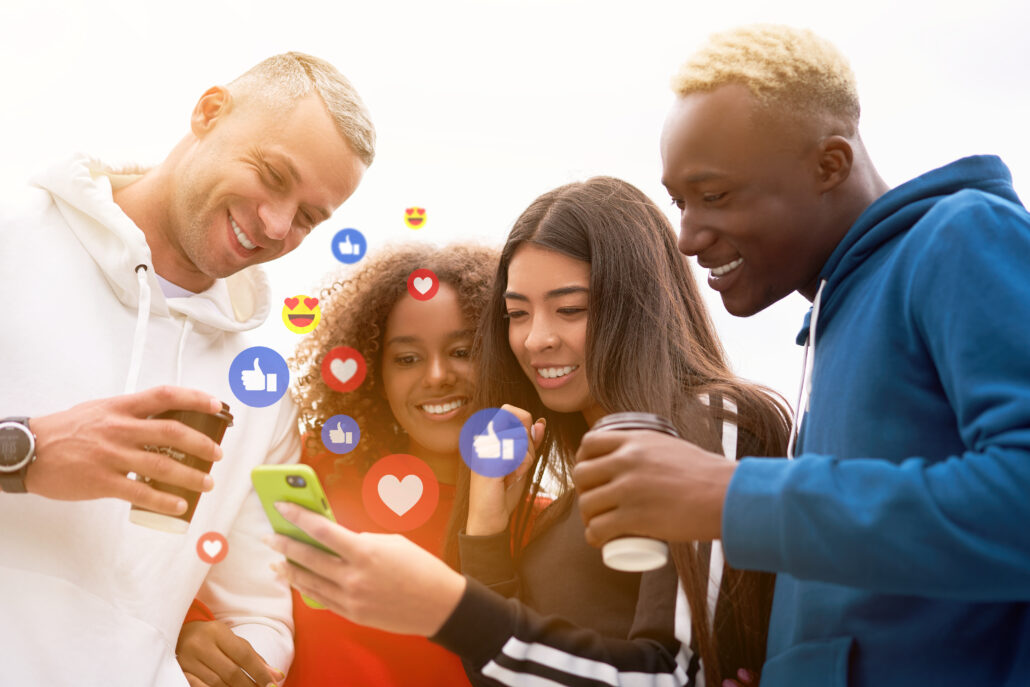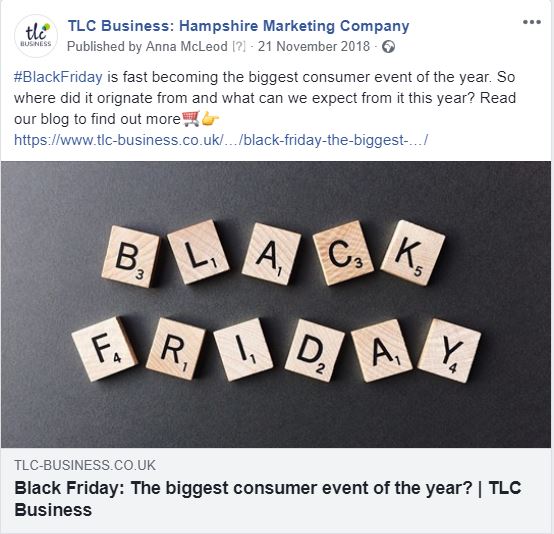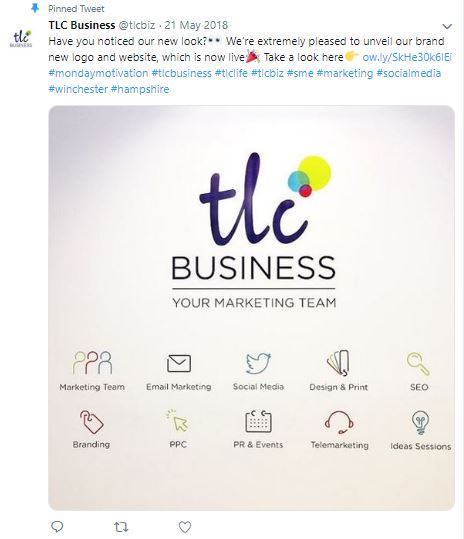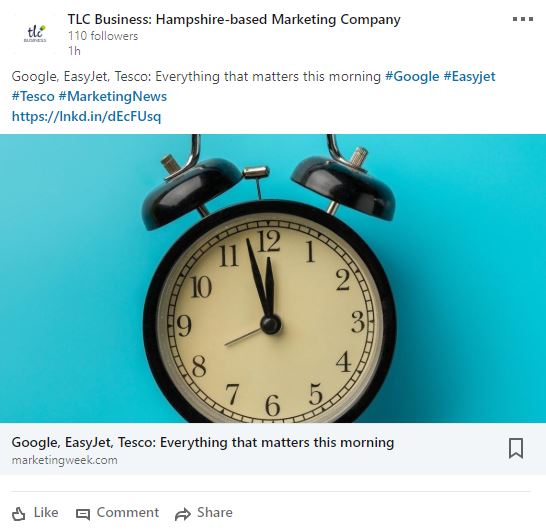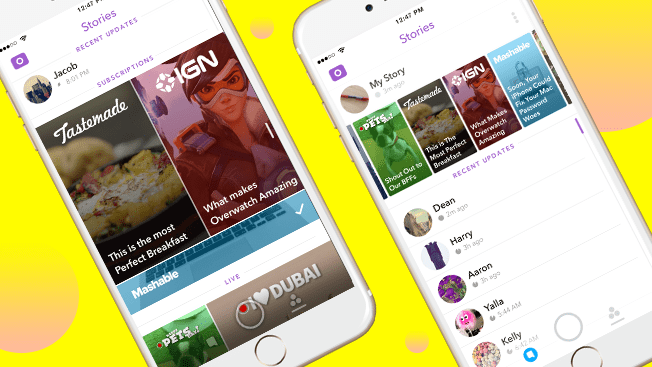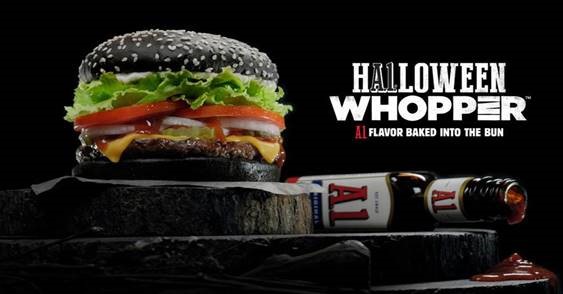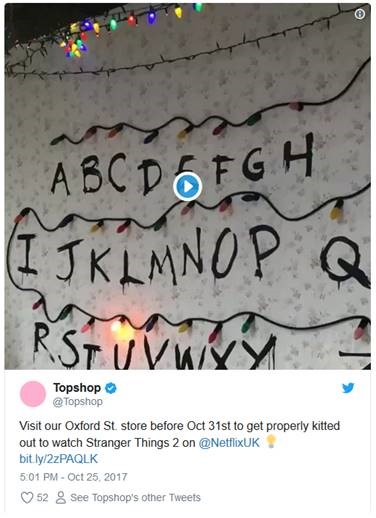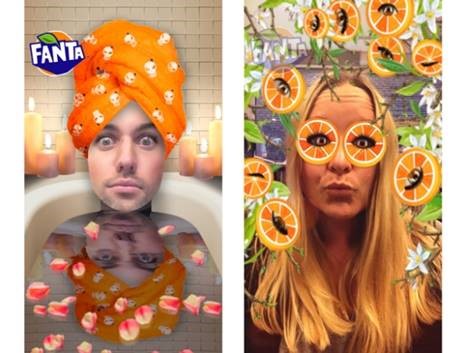Make Your Brand Stand Out This Black Friday
With one of the biggest promotional events of the year, Black Friday, just around the corner, Friday 29th November 2024 is a great opportunity for businesses to gain attention and boost sales.
But with it being one of the noisiest times in the marketing world, how do you get noticed?
Build Anticipation Early
Get ahead of the rush by getting in front of your audience well before the big day.
Sharing teaser content on social media and through email campaigns works really well. Giving a sneak peek of what’s to come will keep customers engaged.
Create Unique Offers and Deals
Plan which products or services would be best to offer well in advance, and highlight their key selling points along with a fantastic promotion to make them stand out.
Featuring popular or exclusive products or services that will help you get more attention.
Use Social Media to Create Buzz
Social media platforms are ideal for building excitement and reaching new audiences in the lead-up to Black Friday.
Create engaging posts and use relevant hashtags to increase visibility. Adding a countdown is a great way to grab attention for key promotions.
![]()
Stand Out with Creative Campaigns
Offer your clients early access to Black Friday deals or a VIP-only promotion to make them feel valued.
Sneak peeks of upcoming sales, product launches, or special discounts work well at this time of year.
Add Personal Touches
Generic marketing isn’t enough during Black Friday. Use customer data to tailor your messaging—whether it’s personalised email subject lines or targeted recommendations. Not only does this improve open rates, but it also makes your brand feel relatable and relevant.
Create a Sense of Urgency
Encourage customers to act quickly with limited-time offers. Flash sales or exclusive discounts create a sense of urgency that will prompt customers to take you up on your offer immediately.

Offer a Seamless User Experience
Make sure your website is ready to handle increased traffic. It should be mobile-friendly, load quickly, and provide a smooth user experience.
Clear calls-to-action, easy navigation, and a simple checkout process will help to boost sales.
Use Paid Advertising
Reach a wider relevant audience by investing in targeted paid ads on platforms like Google Ads and LinkedIn.
Make sure your ad copy and visuals highlight the unique value of your Black Friday offers, so you attract attention.
Enhance Customer Support
Anticipate increased demand and make sure your customer support team is ready. Providing excellent customer service can set you apart from competitors.
Quick responses and helpful interactions can build trust and encourage repeat business. With the right campaigns and support, you can make your brand memorable long after Black Friday!
With 2025 fast approaching, it’s a great time to start planning your marketing for next year. Check out our recent blog, packed with key dates you don’t want to miss, by clicking here.
Want support with your marketing campaigns? Call us on 01962 600 147 or email us at info@tlc-business.co.uk for a free virtual marketing ideas session with our experts.





